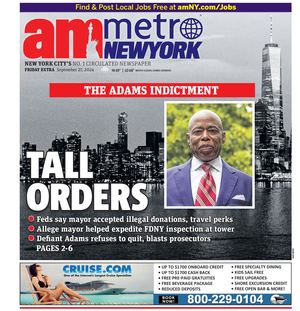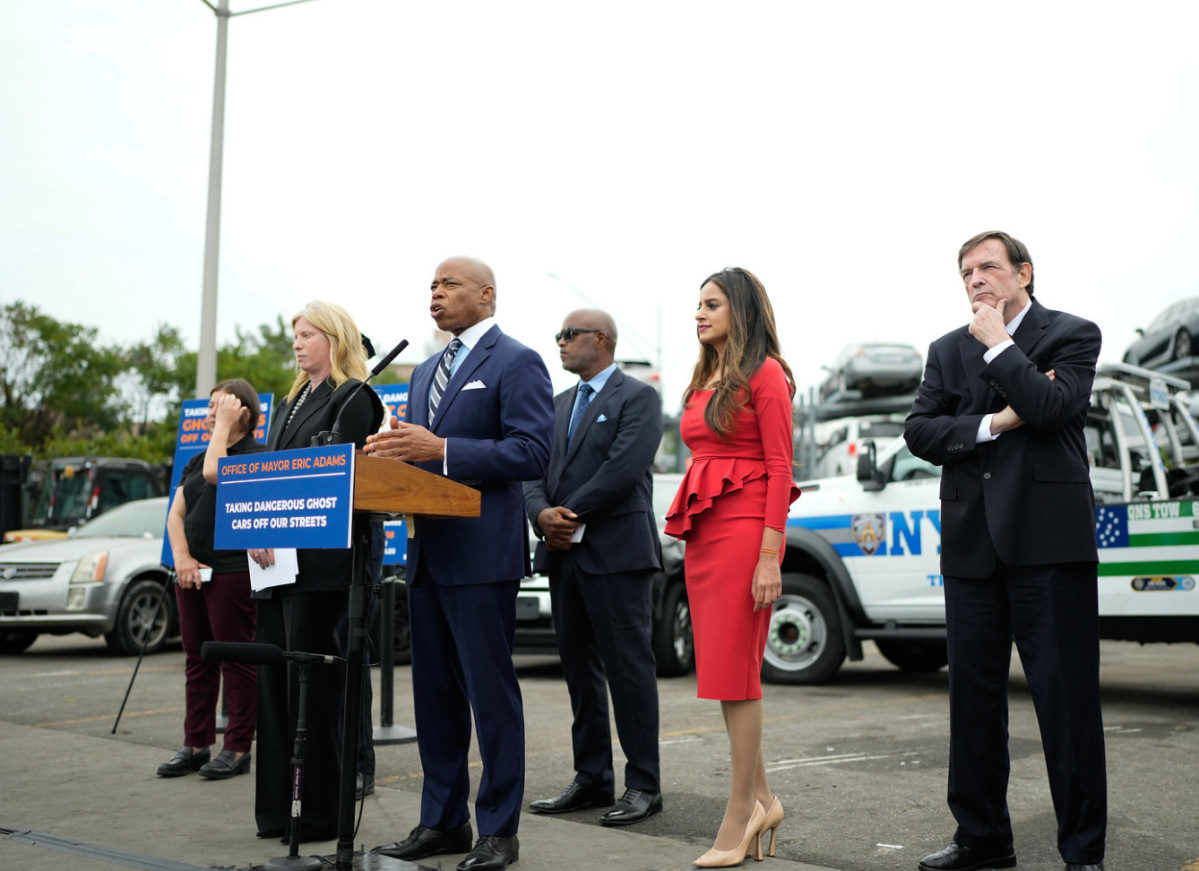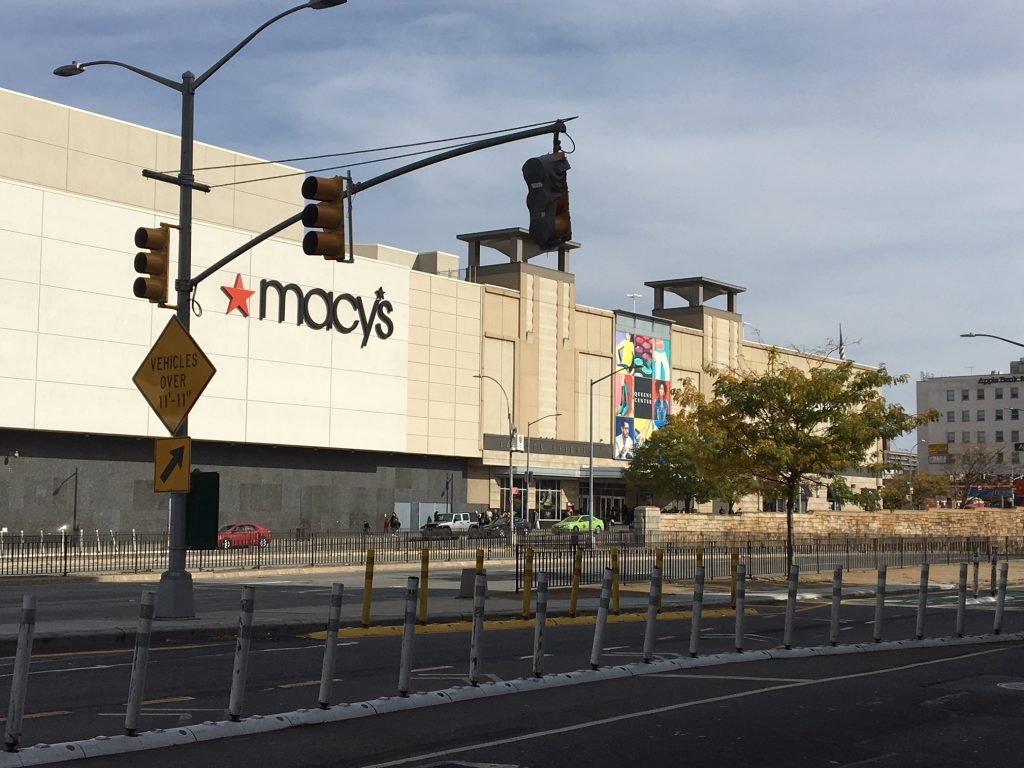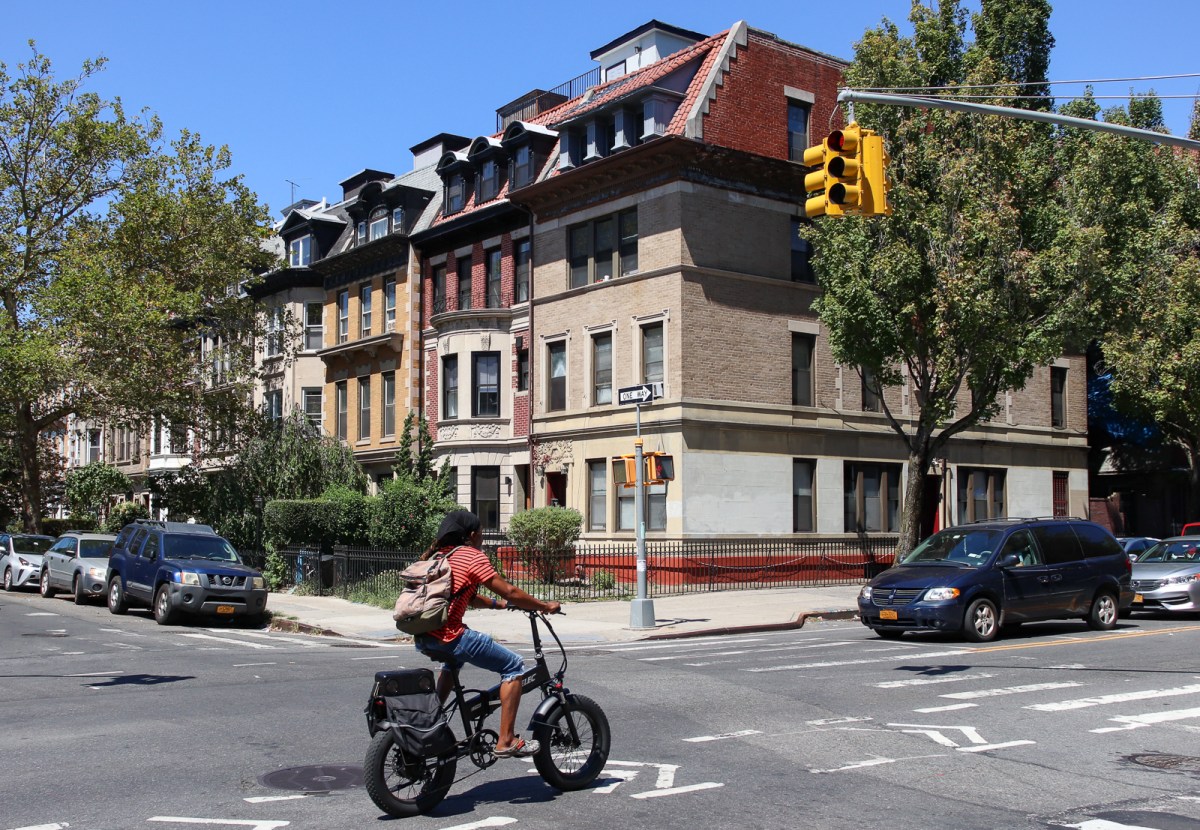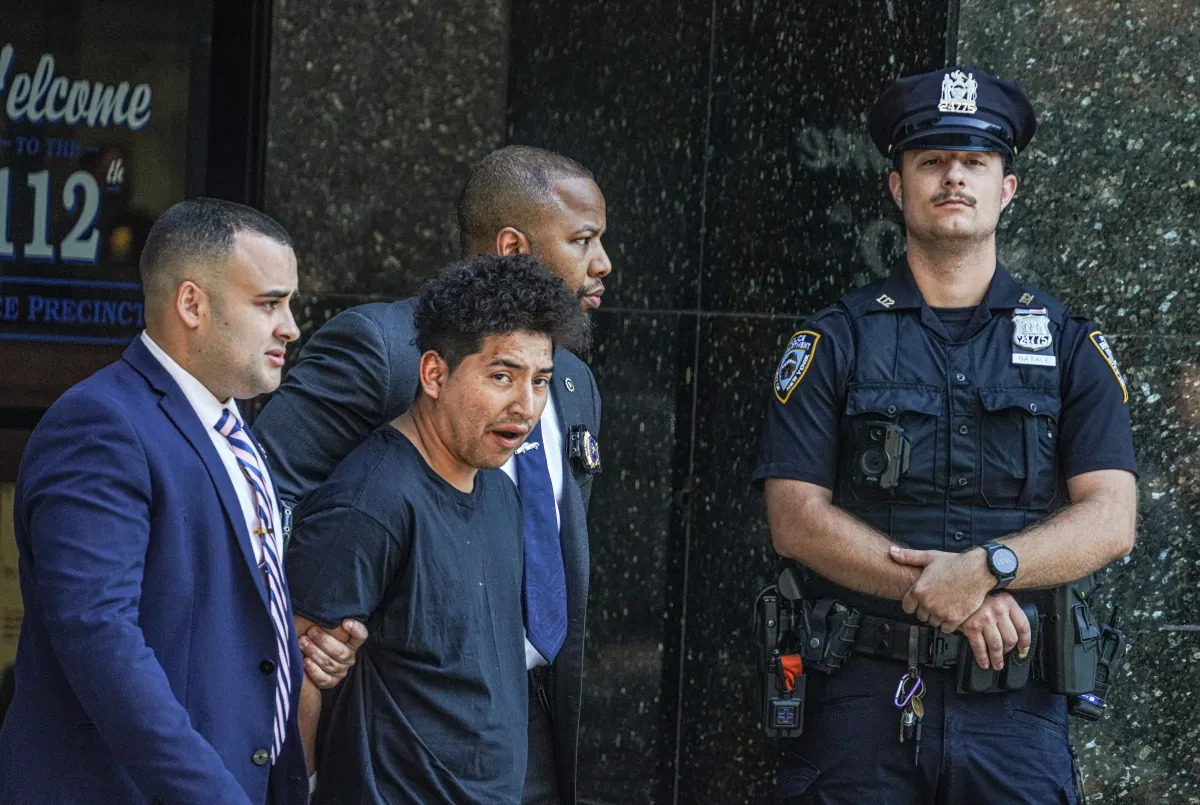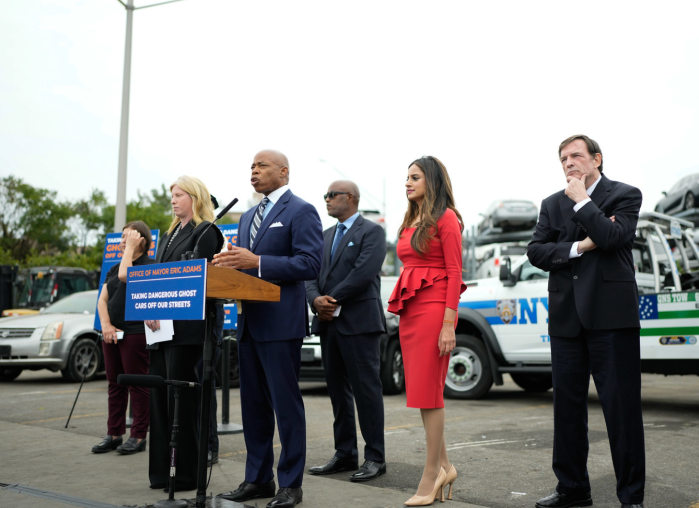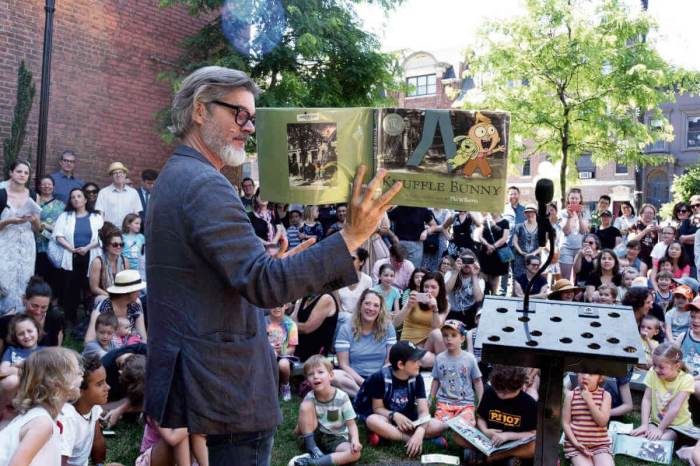In an ongoing exercise in futility, the Hudson River Park Trust’s board of directors last week failed to end the Trust’s second unsuccessful request for developers, or R.F.P., process for Pier 40.
After a year and a half, it’s time for the Trust to end this agony.
The failed R.F.P. process to find a development team to repair and program Pier 40 must be closed. The state-city park authority must now move ahead with a new approach: the community-initiated, park-friendly proposal of the Pier 40 Partnership — and that can only happen once the current R.F.P. is concluded.
It’s clear by now that the two Pier 40 R.F.P. respondents’ proposals are deeply, irreparably flawed. The more problematic, of course, is the one by Related Companies. This major, national developer’s $618 million megaplan would radically remodel the W. Houston St. pier into an entertainment extravaganza.
Related’s plan would draw 2.5 million annual visitors — many via car — while sparking the surrounding area’s transformation into a glitzy “Las Vegas on the Hudson.”
Related has also failed to meet a key required condition of the R.F.P. — that respondents present a financial plan based on a 30-year lease, as mandated by the Hudson River Park Act. Related’s plan is based on a 49-year lease, which would require an amendment to the park act. This violation of the R.F.P. must disqualify Related outright.
Our local state legislators have repeatedly said they will never amend the park act to give Related a 49-year lease; they reiterated this position just last week in a letter to the Trust’s chairperson, Diana Taylor. Council Speaker Christine Quinn also wrote Taylor last week, saying she agrees with the legislators in opposing a 49-year lease.
The Trust has publicly stated that it considers the competing People’s Pier plan financially unviable.
In their letters to Taylor, the elected officials expressed support for a way to redevelop the pier that, in our opinion, is the only viable option: the Pier 40 Partnership’s idea of a nonprofit conservancy financed by tax-exempt I.D.A. bonds supported by the pier’s more than $5 million in annual parking revenue.
The Partnership members just want to preserve the pier as a valuable community facility. The only way Related can make its plan work financially with taxable bonds is to pump it like a cash cow.
The Partnership’s tenants, by contrast, would be a school and a Visual Arts Market -— low-impact uses the community happily accepts; together with parking, these uses would generate sufficient revenue to fix and maintain the pier, plus revenue to help the rest of the park.
There is only one conclusion: The way to save Pier 40 in a manner acceptable to the community is through a 501-c-3, nonprofit conservancy.
A failure by the Trust to close the R.F.P. process by the end of March would be deeply disappointing, not to mention absurd, and would reflect very poorly on both the mayor and governor. It’s simply senseless to keep plans in consideration that are illegal, unviable and/or unpalatable.
It’s incumbent on the Trust to move forward in a new and positive direction with the one plan that will work. It’s time for the Trust to shift its thinking on this critical park and community issue.
